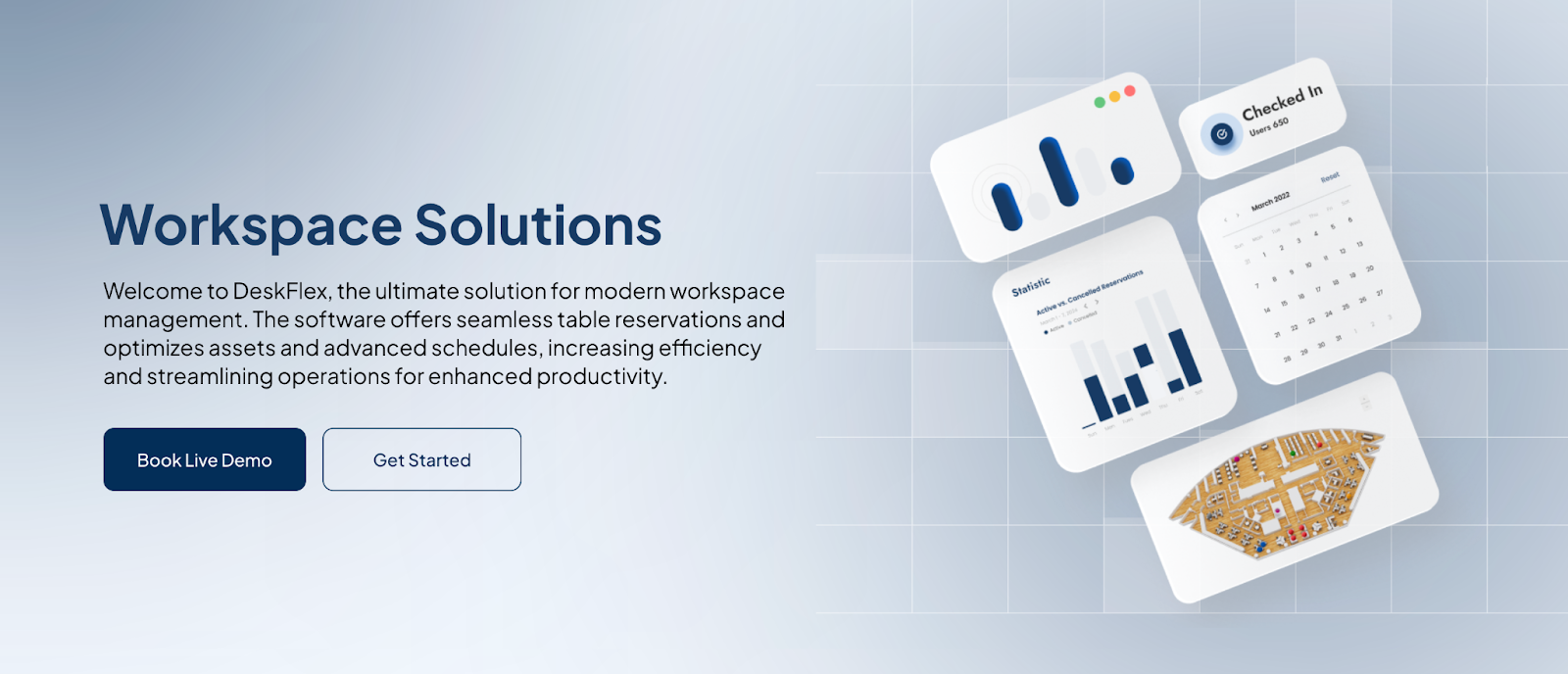
What Is Compliance in the Workplace system and Why It Matters
Following compliance rules helps a business run legally and fairly. It creates a safe and respectful place for both employees and the company itself.
Workplace compliance goes beyond just obeying laws. It involves building a culture where doing the right thing is important, and where employees are encouraged to follow company policies.
In this article, we’ll cover the key areas of workplace compliance, why it matters, and how businesses can create good compliance programs to reduce risks.
What is Workplace Compliance?
Workplace compliance means that a company is following all the rules, laws, and ethical standards that apply to its field and location.
This includes meeting safety guidelines, preventing a personal data breach, and avoiding discrimination.
Companies follow regulatory compliance (government laws) and corporate compliance (internal rules) to meet compliance requirements. They conduct internal audits to keep the workplace safe, fair, and respectful for all employees.
Compliance in the workplace covers several areas, like occupational safety, data protection, and fair treatment of workers. Companies put systems in place to:
- Protect employees
- Keep company data secure
- Follow all relevant laws
Key Areas of Workplace Compliance and Why They Matter

Workplace compliance impacts several key areas, helping businesses operate safely, legally, and fairly. Below are the main areas of focus and reasons why each one is important:
Data Protection
With more personal data handled by companies, privacy laws like GDPR and CCPA place a strong focus on securing sensitive data. These rules help in:
- Preventing data breaches
- Keeping personally identifiable information (PII) private.
Compliance managers monitor data protection efforts to secure information, which builds trust with employees and clients.
Occupational Safety
Safety rules protect employees from risks in the workplace. Agencies like the Occupational Safety and Health Administration (OSHA) set standards companies follow to reduce workplace accidents.
Safety managers or compliance officers oversee this area to keep work environments as safe as possible.
Labor Laws
Labor laws guide the fair treatment of employees. Companies follow the rules:
- Fair pay
- Working hours
- Standards in the Fair Labor Standards Act and minimum wage laws
Following these laws helps companies create a respectful workplace where all employees receive fair treatment.
Local and Federal Regulations
Businesses, regardless of size, must follow both local laws and federal regulations. Companies with multiple locations face added compliance steps, as rules may differ by region. Meeting these requirements reduces legal risks and helps companies avoid fines.
Avoiding Legal and Financial Risks
Failure to comply with regulations can lead to:
- Penalties
- Legal cases
- Significant financial losses
Studies show that non-compliance costs businesses penalties and lost productivity. Staying within compliance requirements lowers these risks and protects a company’s financial health.
Role of HR, Legal Teams, and Leadership in Workplace Compliance
Several departments work together to support workplace compliance. HR, legal teams, and company leaders each play a key role in maintaining a fair and secure environment for employees.
Human Resources (HR)
HR supports workplace compliance by helping employees understand company rules outlined in the employee handbook. This team handles compliance training, covering:
- Workplace safety
- Data protection
- Fair labor standards
HR also manages areas like workplace discrimination, employee health, and data privacy.
Legal Teams
The legal team keeps the company’s operations aligned with local and international laws. This team works with compliance officers to review regulatory compliance and assist with internal audits.
Legal also provides guidance on rules and supports preparations for audits or investigations when needed.
Leadership and Management
Company leadership sets the standard for compliance across the organization. Leaders promote fair and ethical practices and help manage risks by supporting the company’s compliance approach.
By prioritizing compliance, leadership highlights its importance to employees. It also helps in building a culture of transparency and respect throughout the company.
How to Create a Compliance Culture in Your Workplace

Building a compliance culture requires more than just ticking boxes. It’s about integrating the idea of compliance obligations into every part of business operations.
Creating a culture that prioritizes compliance, from regular training sessions to clear guidelines and policies, helps maintain long-term work success.
1. Develop a Compliance Team
Maintaining workplace compliance requires a dedicated team or department to oversee key responsibilities.
An important member of this team is the Compliance Manager. They are tasked with keeping the organization updated on compliance laws and regulations.
The Data Protection Officer (DPO) also plays a key role in safeguarding compliance with data privacy laws, overseeing the management of sensitive information, and working to prevent data breaches.
Additionally, the Risk Management Officer identifies potential compliance risks that could negatively impact the organization. They proactively address these issues to protect the company and employees from harm.
2. Conduct Regular Internal Audits
Regular internal audits help organizations assess whether they are meeting compliance requirements.
Audits can identify gaps or risks in current processes and help organizations adjust their practices to remain compliant.
Key audit areas include:
- Workplace safety standards
- Data protection policies
- Labor and anti-discrimination laws
3. Implement Comprehensive Training Programs
Training employees is a necessary part of maintaining compliance. Employees need to be aware of the company policies, ethical practices, and their responsibility in maintaining compliance.
Training should be regular, role-specific, and updated to reflect changes in regulatory compliance. It should include training on:
- Data protection and handling sensitive information
- Health and safety guidelines
- Ethical business practices and anti-discrimination policies
4. Use Technology to Support Compliance
Technology can improve compliance efforts by automating processes, tracking data, and providing insights into areas where compliance may be lacking.
Systems like compliance management software can help manage and document compliance efforts efficiently.
Examples of technology supporting compliance include:
- Cloud-based data protection systems for securing sensitive data.
- Workplace safety platforms that monitor compliance with health regulations.
- Visitor management systems for tracking who enters and leaves the premises, strengthening security.
How DeskFlex Follows Compliance in the Workplace

DeskFlex is designed to support businesses in adhering to compliance in the workplace.
It provides clear guidelines, tracks compliance with company policies, and offers flexible workspace solutions. It has features that help maintain and track regulatory and corporate standards.
With a focus on both employee compliance and operational efficiency, DeskFlex verifies that businesses can integrate compliance measures into their daily operations while promoting employee engagement.
Here’s how DeskFlex supports workplace compliance:
Data Privacy and Security
DeskFlex maintains compliance with data protection laws, including GDPR and other data privacy regulations.
The platform uses encrypted databases and secure access controls to protect sensitive employee and organizational data, preventing unauthorized access and potential data breaches.
Health and Safety Regulations
DeskFlex facilitates compliance with health and safety regulations in the workplace by managing:
- Social distancing measures
- Occupancy limits
- Hygiene protocols
It provides real-time monitoring of office space usage, ensuring businesses meet their legal obligations in maintaining a safe working environment for employees.
Resource Management and Reporting
The platform tracks and manages the usage of shared resources, such as meeting rooms, desks, and office equipment. This will ensure compliance with internal policies and compliance regulations.
DeskFlex also generates comprehensive reports, allowing compliance teams to audit resource usage and identify potential areas for improvement.
Compliance with Remote and Hybrid Work Models
In hybrid and remote work environments, DeskFlex helps businesses comply with labor laws and regulations regarding work-from-home policies.
By tracking employee schedules and attendance, DeskFlex helps organizations maintain transparency and maintain adherence to relevant workplace compliance standards.
Simplify Your Compliance Efforts with DeskFlex

With DeskFlex’s workplace management software, managing your hybrid office space is easier than ever.
Whether you need to reserve meeting rooms, desks, or shared workspaces, DeskFlex allows you to make, modify, or cancel bookings in just a few clicks.
Stay organized and efficient while reducing unused office space. With 3D floor maps and real-time availability, you can gain control over your office layout.
Book a demo today and see how DeskFlex can simplify your compliance efforts while boosting workplace efficiency!
FAQs About Compliance in the Workplace
What does it mean to be compliant to work?
Being compliant to work means adhering to the laws, regulations, and company policies that govern your role within a business. This includes following occupational safety guidelines, respecting data privacy laws, and conducting ethical business practices.
How to demonstrate compliance at work?
You can demonstrate compliance in the workplace by consistently following company policies, attending mandatory training sessions, and making sure your actions align with legal and ethical standards.
What are the three types of compliance?
- Regulatory compliance: Adherence to government laws and industry regulations.
- Corporate compliance: Following company-specific rules, policies, and ethical guidelines.
- Health and safety compliance: Confirms the workplace meets safety standards to protect employees from harm.
Why is compliance work important?
Compliance work is necessary because it protects businesses from legal penalties. It also helps you avoid financial losses and promote a safe, ethical work environment for employees.



















































 Support
Support  Demo
Demo  Blog
Blog 


